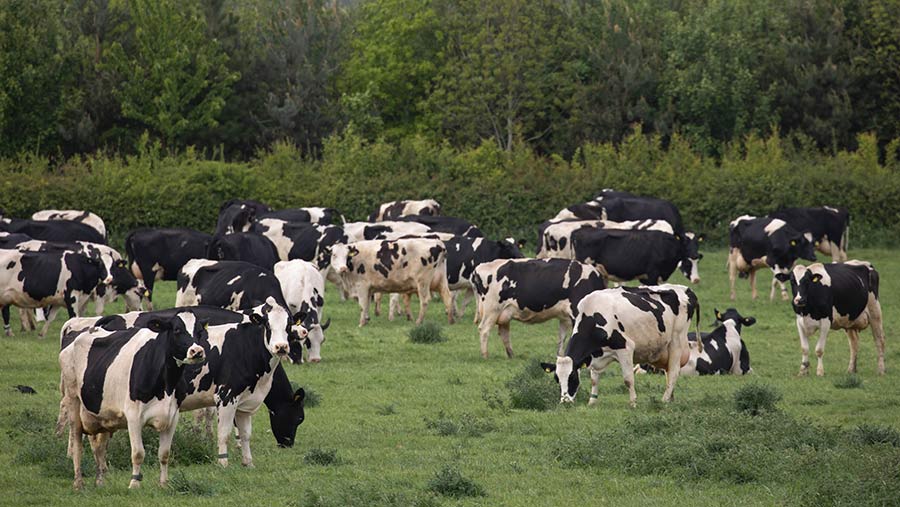Opinion: Farmers must still raise efficiency to cut methane
 © Tim Scrivener
© Tim Scrivener Despite the predictably apocalyptic tone of much of the media reporting of the Intergovernmental Panel on Climate Change’s (IPCC) recently released report, there were some rather more encouraging messages beneath all the melodramatic “code red for climate” hyperbole – not least for those erstwhile climate change villains, ruminant livestock producers.
Buried deep in the bowels of the report is a long overdue acknowledgement that the IPCC’s current aggregated approach to measuring greenhouse gas emissions might be flawed.
That approach treats methane similarly to the less immediately harmful – but much longer-lived – carbon dioxide.
As such, it results in less-reliable predictions of actual warming than can be achieved using separate accounting methods, as advocated by Myles Allen of Oxford University, whose team developed the alternative Global Warming Potential* (GWP*) metric, among others.
See also: Time to reward farmers for cutting methane emissions, says Prof Myles Allen
The report goes on to acknowledge that using new approaches, such as GWP*, that do account separately for short-lived climate pollutants, such as methane, can with high confidence “improve the quantification of the contribution of emissions to global warming within a cumulative emissions framework”.
While this is potentially a significant step towards a fairer, more accurate assessment of the true warming effect of methane, it should not be seen as a get-out-of-jail card for the livestock sector.
The report highlights that using an aggregated carbon dioxide equivalent approach (GWP100) overstates the effect of constant or reducing methane emissions on global surface temperature by a factor of three to four – something that was quickly seized upon by many in the agricultural media.
What was less emphasised was that it also understates the effect of new or increasing methane emissions by a factor of four to five, meaning that this is only good news if we continue to reduce our overall inventory of methane emissions.
What that means is that there is little to no scope for increasing ruminant livestock numbers unless ways can be found to significantly reduce the per-capita production of methane from cattle and sheep.
Increasing ruminant numbers without reducing emissions would indeed have a far greater detrimental effect on warming under the new and more accurate methodology.
This may all seem a tad confusing, but in essence it opens the door for a fairer assessment of the true effect livestock farming has on climate.
It also acknowledges the contribution of increasing efficiency within the sector, coupled with an ongoing reduction in livestock numbers, to achieve net zero.
Achieving this would require far more draconian and frankly unnecessary cuts to livestock numbers under the current measurement system.
Encouragingly, Defra has already begun to acknowledge the significance of this, which can only be seen as a positive.
But it is essential that the wider industry plays its part to build momentum behind this opportunity.
Reducing methane emissions is still viewed by many as one of the few quick fixes to the anthropogenic climate change challenge, so it is unlikely that the ruminant sector will be let off the hook just yet.
But the changing tide of scientific opinion should provide much-needed encouragement for a sector that has so much underexploited potential to improve efficiency and thus reduce methane emissions – as long as that effort is now better recognised and, ultimately, rewarded.

